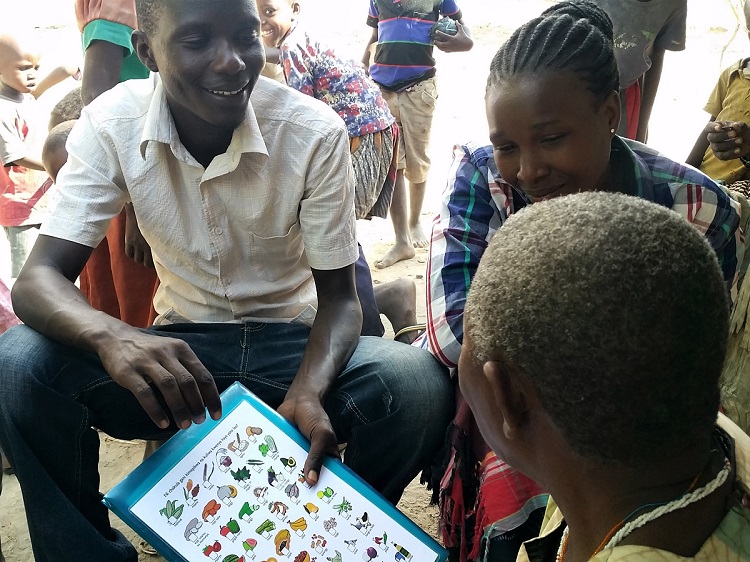If a researcher came to your house and asked you to list every ingredient of every meal eaten by members of your household the previous day, how readily could you provide this information? Perhaps you might forget some items, or feel uncomfortable about speaking openly, not knowing what an interviewer might think of your household’s diet or how they might use this information.
 Information about diets in smallholder farming communities in low-income countries can highlight particular nutritional challenges, and guide programmes and policies to improve diet quality. Collection of dietary information is often limited by the time, skill and resources involved – so, despite their limitations, food recall interviews are commonly used, and often only once or twice over the course of a project.
Information about diets in smallholder farming communities in low-income countries can highlight particular nutritional challenges, and guide programmes and policies to improve diet quality. Collection of dietary information is often limited by the time, skill and resources involved – so, despite their limitations, food recall interviews are commonly used, and often only once or twice over the course of a project.
Julia de Bruyn, a nutrition researcher at NRI, has recently completed a fellowship grant which developed and evaluated a new method, whereby people in rural communities use picture-based charts to record foods consumed within their own household on a given day. Funded by the Innovative Methods and Metrics for Agriculture and Nutrition Actions (IMMANA) scheme, this method was proposed to reduce inaccuracies due to poor recall, increase participants’ engagement in research, and enable data to be collected at regular intervals over the course of a year.
With around one in five people in this study never having attended school, the use of pictures was intended to allow records to be kept regardless of respondents’ level of literacy. For one day each month, over eight consecutive months, respondents used charts to indicate all foods eaten in their household that day. When compared to conventional interview-based techniques, analyses showed participant-completed charts to be an accurate and low-cost way to collect dietary information.
Findings about the consumption frequency of different foods, including nutrient-rich animal-source foods (such as milk, meat and eggs) and seasonally available fruits and vegetables, has been shared with community members, and with agriculture and health agencies at district and national levels. An improved picture of diets and food access, and how these change over time, will inform NRI’s ongoing work on strategies to enhance nutrition in low-income countries, including through the current Food and Nutrition Security Initiative (FaNSI).
To find out more about:
Innovative Methods and Metrics for Agriculture and Nutrition Actions (IMMANA) scheme

